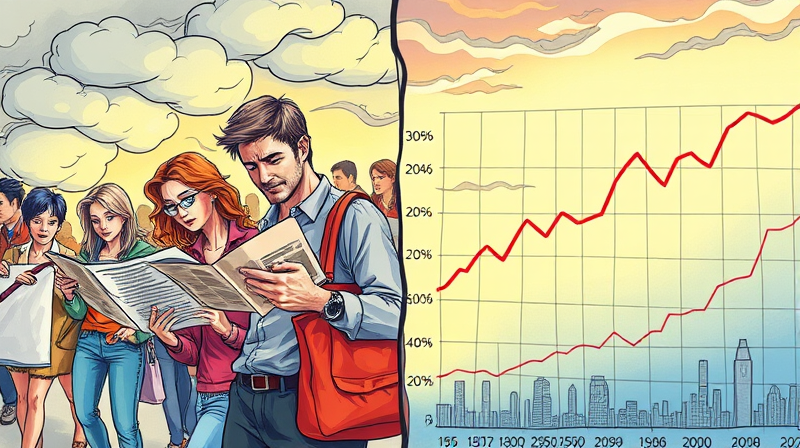
In mid-2025, survey indicators of optimism among US consumers weakened significantly even as households continued spending and labor markets held steady. Understanding this split can help individuals, businesses, and policymakers respond with clarity and purpose.
The US Consumer Confidence Index (CCI), produced monthly by The Conference Board, serves as a leading economic indicator reflecting consumer views on current conditions and expectations for the next six months. It comprises two components: the Present Situation Index, measuring perceptions of today’s labor and business landscape, and the Expectations Index, forecasting conditions ahead.
June 2025 readings showed the CCI at 93.0 after a 5.4-point drop, with the Expectations Index at 69.0—well below 80 recession threshold. Meanwhile, the University of Michigan’s Index of Consumer Sentiment climbed to 60.7 but remained far below prior-year levels, signaling lingering unease despite monthly gains.
Real economic fundamentals tell a more textured story. In Q1 2025, real consumer spending rose 1.2% at an annual rate, down from 4% growth in Q4 2024 but still positive. Durable goods outlays fell 3.8% after a surge the previous quarter, reflecting a return to normal rather than collapse.
Labor markets remain robust, with unemployment rates low and wage growth stable. However, consumer perceptions of job availability have weakened for six consecutive months, driven by perception of job security and income growth concerns rather than actual data.
Inflation expectations rose to 5.1% for the year ahead, contrasting with reported CPI figures closer to target levels. This gap underscores how expectations, not just reality, shape sentiment.
Consumer confidence traditionally leads spending by several months. A sustained divergence can hamper economic momentum if households delay purchases out of caution. Yet real spending has held up, suggesting a lagging consumption response that has yet to translate sentiment into action.
For businesses, this gap affects forecasting and inventory management. For policymakers, misreading the mood can delay timely interventions or risk overreacting to headline surveys.
Bridging the divide requires balancing hard data with sentiment insights. Individuals can take steps to build financial resilience, firms can tailor communication to restore confidence, and policymakers can clarify uncertainty to calm markets.
Divergences between confidence and fundamentals are not new. During the stagflation era of the 1980s and the Great Recession, sentiment plunged well before contractions hit output. International surveys mirror US trends today, as policy uncertainty and inflation anxieties weigh heavily in Europe and Asia despite moderate growth.
The current split between sentiment and reality offers both challenges and opportunities. Recognizing that economic resilience persists even when gut feelings falter allows us to act with balance and foresight. By grounding choices in solid data while acknowledging genuine concerns, we can build resilience in uncertain times and restore a healthier cycle of confidence and growth.
References













